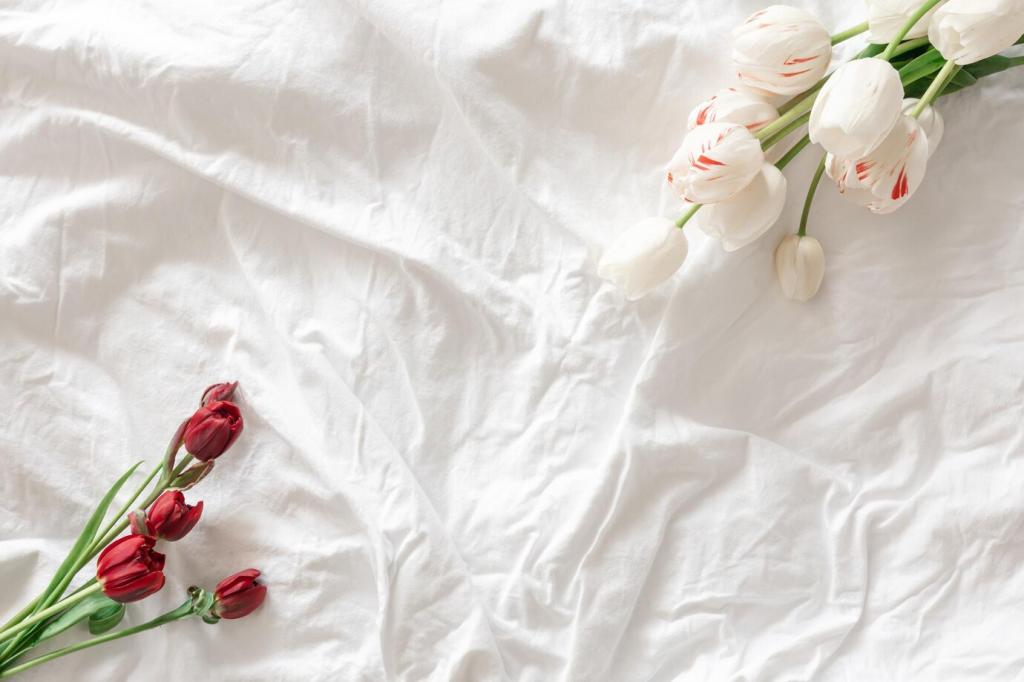
How to Choose Silk Duvet Covers
Welcome to your friendly guide for choosing silk duvet covers that elevate comfort and style. Today’s chosen theme: How to Choose Silk Duvet Covers. Explore smart tips, relatable stories, and practical checklists—and join the conversation by sharing your questions, experiences, and favorite silk finds.
Know Your Silk: Grades, Momme, and Fiber Origins
Momme (mm) measures silk density, much like GSM for cotton. For duvet covers, 19–25 momme balances drape, durability, and breathability. Lighter options feel airy but may wear faster; heavier options feel lush and resist abrasion. Compare momme honestly across brands, and share which weight you find most comfortable season to season.
Know Your Silk: Grades, Momme, and Fiber Origins
Mulberry silk, from Bombyx mori, offers longer, smoother filaments, resulting in a finer hand, consistent sheen, and excellent dye uptake. Tussah, a wild silk, is naturally honey-toned with a slightly nubbier texture and rustic appeal. Tell us whether you prefer the refined smoothness of mulberry or the organic character of tussah in your duvet covers.
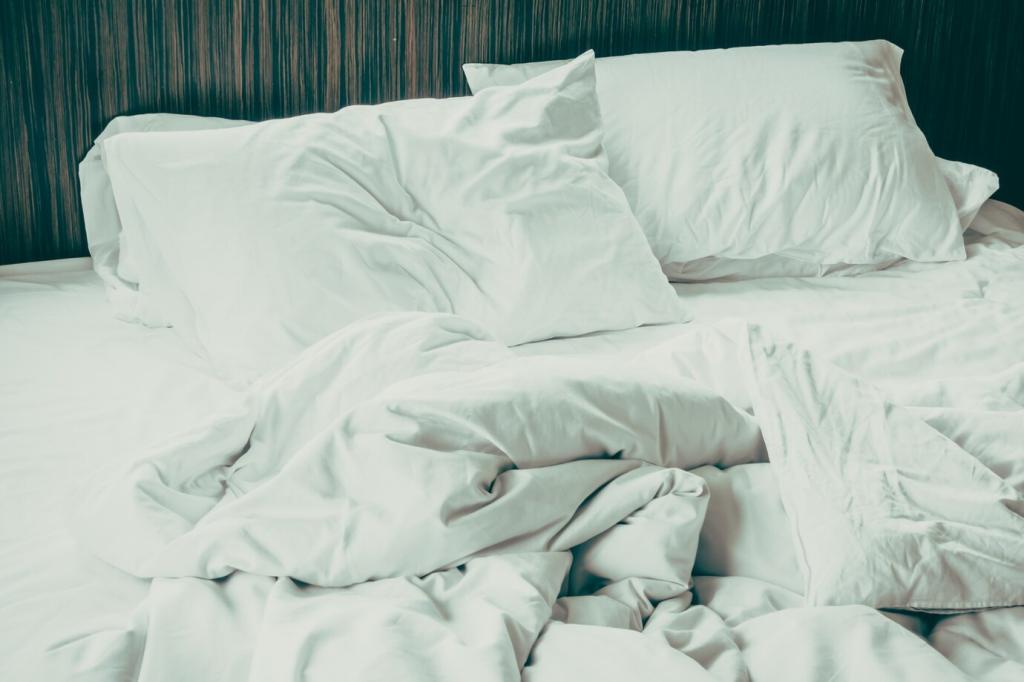
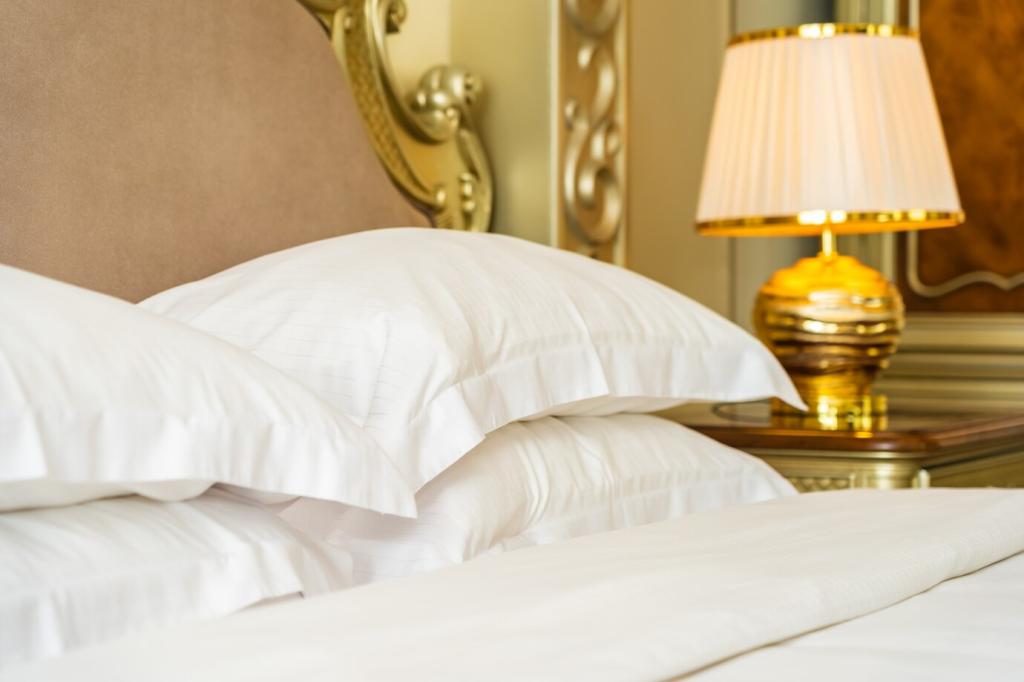
Weave and Finish: Feel, Shine, and Durability
01
Charmeuse for Liquid Drape and Glow
Charmeuse is a satin weave with a glossy face and a softly matte back, giving silk duvet covers a fluid drape and luminous sheen. It feels indulgent against skin without heavy bulk. When I first switched to a 22 momme charmeuse cover, I slept cooler and woke up less. What was your first impression of charmeuse?
02
Twill and Jacquard for Everyday Strength
Twill features fine diagonal ribs that boost durability and help resist snags, making it great for frequent laundering. Jacquard weaves patterns directly into the silk, offering quiet elegance with a slightly sturdier hand. If pets or kids share your bed, these weaves can be practical champions. Tell us which holds up best for you.
03
Finishes That Matter
Sandwashed or enzyme-washed silk mutes shine, softens hand-feel, and adds a vintage matte look. Pre-shrunk finishing helps with sizing accuracy after the first wash. Beware heavy chemical coatings that imitate weight or gloss but crack over time. Ask for swatches if possible, and share any finishes you’ve loved—or regretted.
Fit and Construction: The Hidden Indicators of Quality
Sizing, Overhang, and Regional Standards
Duvet sizes vary by region (US, EU, UK), so measure both insert and cover before buying. Aim for a comfortable overhang that suits your mattress height and frame. Account for minimal shrinkage, especially with washed finishes. Have a tall mattress or topper? Share your drop preferences and how you optimize that elegant edge.
Closures, Corner Ties, and Internal Anchors
Hidden zippers look clean and seal tightly; button plackets offer easy repairs and a classic look. Corner ties—or better, eight anchor points—prevent insert shifting on restless nights. After adding extra ties to my guest-room cover, the duvet stopped bunching entirely. Do you prefer zippers or buttons, and how many ties are enough?
Seams, Thread, and Stitch Density
Examine stitch consistency, seam allowances, and reinforcements at stress points. French seams neatly encase edges and boost strength. Around 10–12 stitches per inch often signals sturdier construction. Quality thread reduces breakage and puckering over time. Check inside the cover—those quiet details reveal real workmanship. Tell us what you notice first.
Care and Longevity: Clean, Dry, and Store the Right Way
Washing Wisdom for Silk Duvet Covers
Wash cold on a delicate cycle or hand-wash with a pH-neutral silk detergent. Use a mesh bag to reduce abrasion and close zippers or buttons before laundering. Skip bleach and fabric softeners. Test for colorfastness on a hidden area. Share your favorite gentle detergents and any wash settings that have worked flawlessly.
Drying, Ironing, and Wrinkle Care
Air-dry flat or hang away from direct sunlight to protect luster. Use low steam on the reverse while slightly damp to ease wrinkles. Avoid wringing; if needed, tumble on air-only with no heat. A quick shake and smooth by hand helps, too. What’s your go-to wrinkle fix after laundering silk?
Stains, Storage, and Moth Prevention
Blot stains promptly with cool water; avoid hot water, which can set proteins. For tough spots, consult a cleaner experienced with silk. Store completely dry in a breathable cotton bag with cedar or lavender. Skip plastic that traps moisture. Have a storage hack that keeps silk pristine? Share it with fellow readers.
Comfort and Wellness: Sleep Benefits You Can Feel
01
Silk’s protein structure breathes and manages vapor, helping stabilize microclimate humidity. Many sleepers report fewer night sweats and less overheating with the right momme and weave. Ahmed, a reader, said he stopped flipping his duvet nightly after switching to 22 momme charmeuse. What temperature shifts did you notice after upgrading?
02
Silk’s smooth filaments reduce friction, which can mean fewer tangles, less bedhead, and less pulling on sensitive skin. Many with reactive skin appreciate silk’s softness and dryness control. While not a medical solution, it contributes to a calmer sleep surface. Share your skin or hair tips that pair well with silk covers.
03
Unlike crinkly synthetics, quality silk glides silently, reducing rustle that can disturb light sleepers. Its lower static helps sheets and duvet inserts behave better through the night. If you value tranquil soundscapes, silk can be a hidden ally. Tell us the quietest bedding combo you’ve tried with your silk duvet cover.
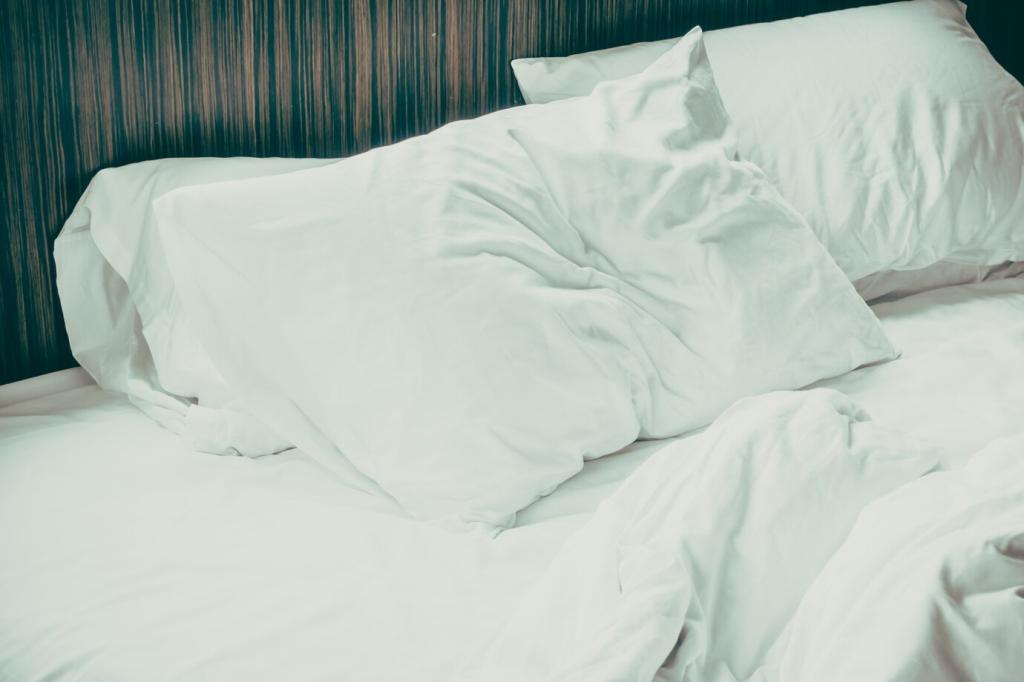
Certifications and Safety Labels
Look for OEKO-TEX Standard 100 on the finished product, indicating it’s tested for harmful substances. Some brands cite additional standards like REACH compliance or colorfastness testing. Transparency about dye processes matters, too. Labels aren’t everything, but they help. Which certifications influence your choices most when buying silk bedding?
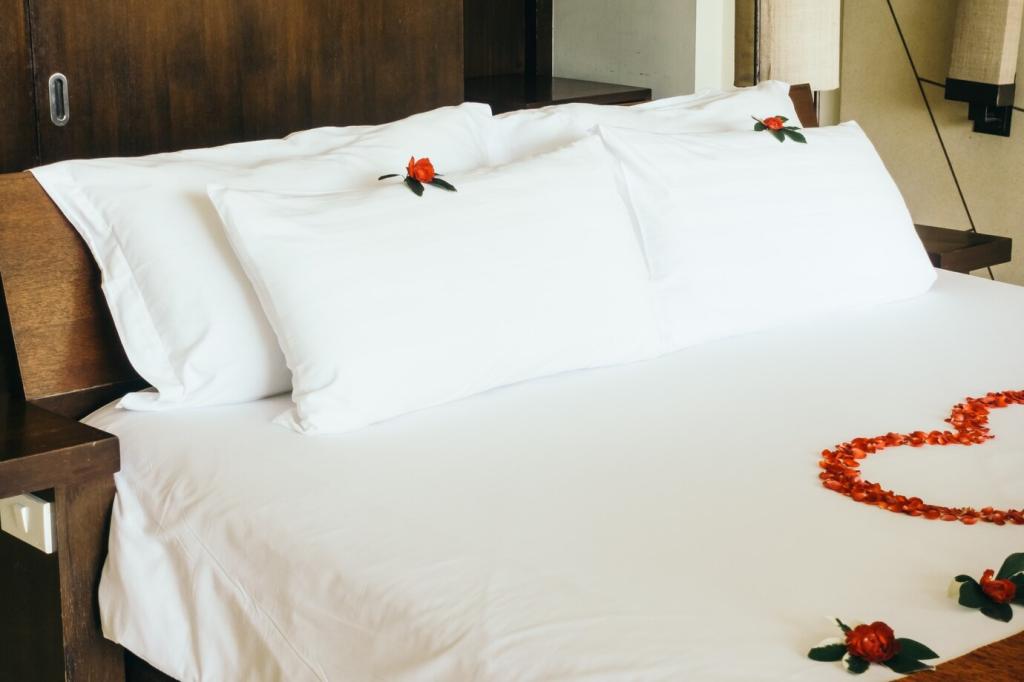
Peace Silk and Sourcing Choices
Peace (Ahimsa) silk allows moths to emerge before spinning, yielding shorter fibers and a different handfeel. Expect trade-offs in smoothness, durability, and cost. If animal welfare is central for you, it can be meaningful. Share how you weigh ethics, performance, and price when selecting your silk duvet cover.
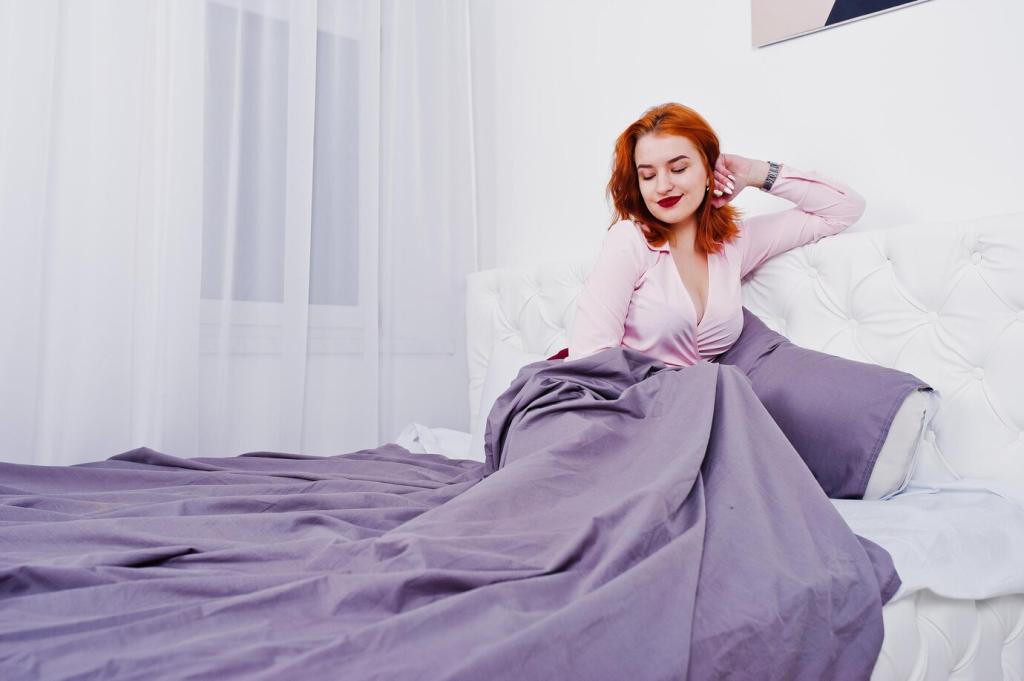
Is It Real Silk? Quick Checks
True silk shows subtle, shifting luster, not a flat shine. It feels warm to the touch and recovers shape gracefully. Skip risky burn tests at home; instead, request swatches or buy from transparent sellers. Watch for polyester ‘satin’ marketed as silk. What red flags help you avoid mislabeling?
